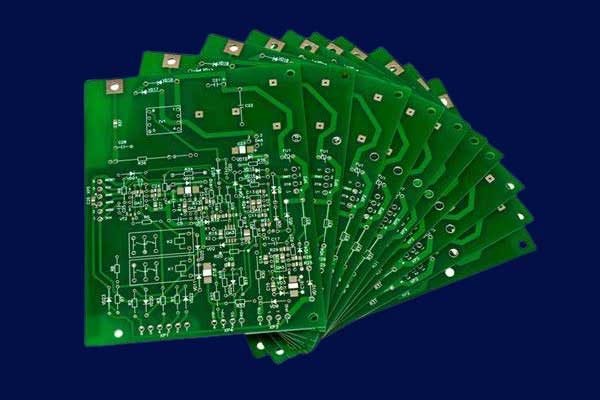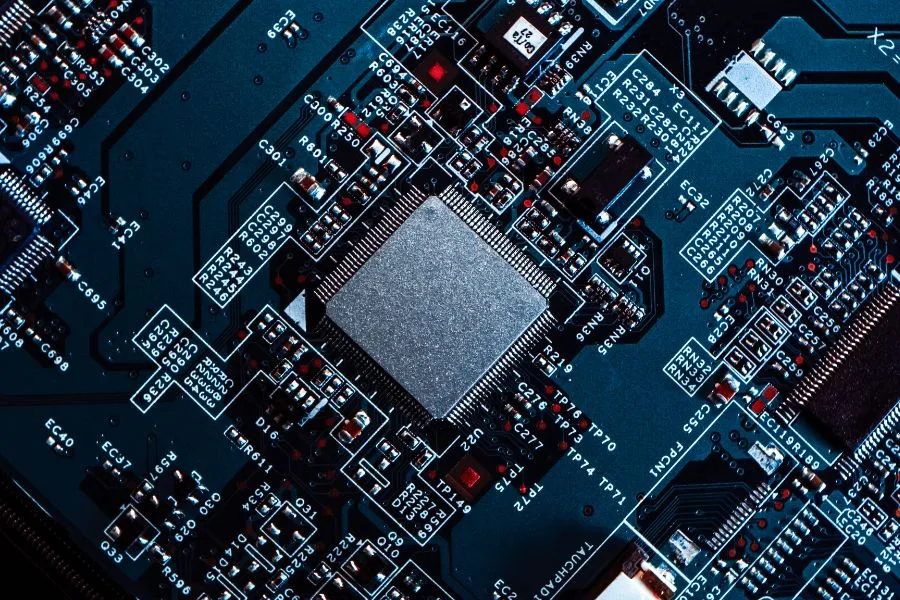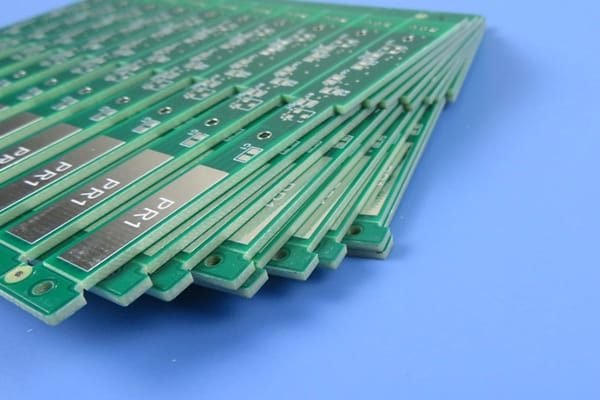What is CCL?
What is Copper Clad Laminate?
Copper Clad Laminate (CCL) is a core material used in the fabrication of printed circuit boards. It is a composite material made up of a layer of copper foil, a substrate, and an adhesive. The copper foil is typically applied to the substrate with an adhesive layer in between, creating a laminate material. CCL is also known as copper-covered laminate or copper clad laminate due to the presence of the copper layer.
The use of CCL in PCB manufacturing is essential for creating a reliable and high-performance circuit board. The quality of the CCL can directly impact the overall performance and reliability of the finished PCB. Superior quality CCL can ensure good bonding between copper and the substrate, reducing the chance of delamination failures, and improving the electrical conductivity of the board.
Benefits of Copper Clad Laminate in PCB manufacturing
Excellent dimensional stability
Ensuring precise circuit alignment and shape maintenance of the board.
Excellent thermal conductivity
Protecting the board from overheating and extending its lifespan.
High dielectric strength
Allowing it to withstand high electric fields without breakdown.



























